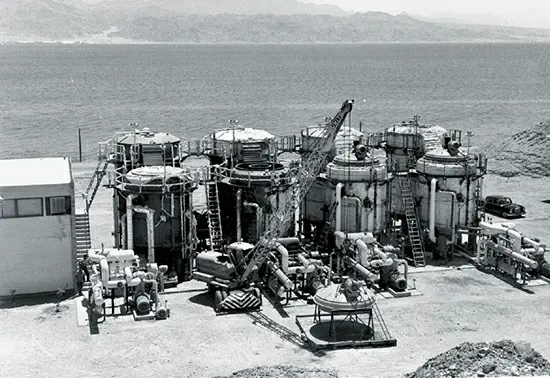Desalination, the process of removing salt from seawater, emerges as a crucial solution to the global freshwater crisis. With less than 3% of the world’s water being fresh, and a significant portion trapped in glaciers and polar caps, the availability of drinkable water is increasingly scarce. The UN predicts that by 2025, over a billion people will face water scarcity. This pressing need has revitalized interest in desalination, an ancient practice dating back to the Greeks and Romans, and later explored by Thomas Jefferson in 1791.
Historically, desalination was practical for small-scale needs, like providing drinking water for sailors. However, the challenge escalates when addressing the demands of larger populations and agriculture. Modern advancements, particularly reverse osmosis filtration, have made desalination more viable and energy-efficient. This method, which doesn’t require heating seawater, has become the predominant and cost-effective technique. Additionally, integrating renewable energy sources such as solar and wind power is making desalination facilities more environmentally friendly and sustainable, offering a promising pathway to address the world’s freshwater needs.

